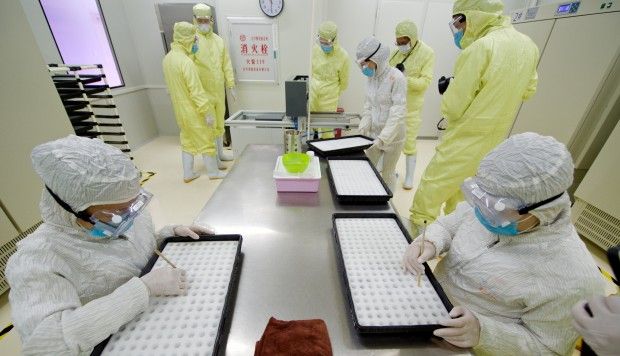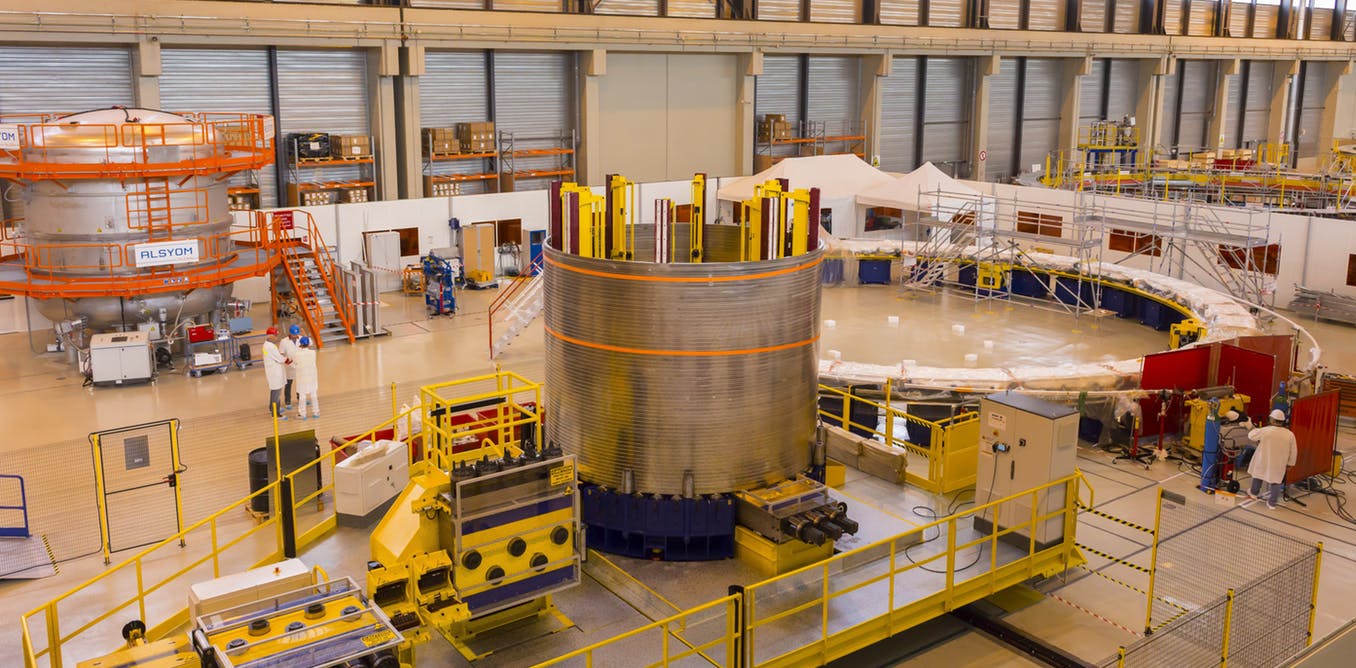
Two historic events happened this past week that will lay the groundwork for the future of American space exploration.
First, after a close vote in the Senate, Rep. Jim Bridenstine, R-Okla. – a former Navy combat pilot – was confirmed as the new head of NASA. I am confident he will be a strong leader in space exploration as we begin a new era of innovation, technological advancement and limitless exploration.
Second, Vice President Mike Pence laid out a bold vision for America’s future in space exploration during his opening remarks at the Space Foundation’s 34th Annual Space Symposium in Colorado. The vice president showed the Trump administration’s commitment to restoring American leadership in space, rightly pointing out that “we stand at the dawn of a new era of human activity in space; a turning point that will bring new opportunities and new challenges.”
Continue reading “Newt Gingrich: A glimpse of America’s future in space in 2024” »
















